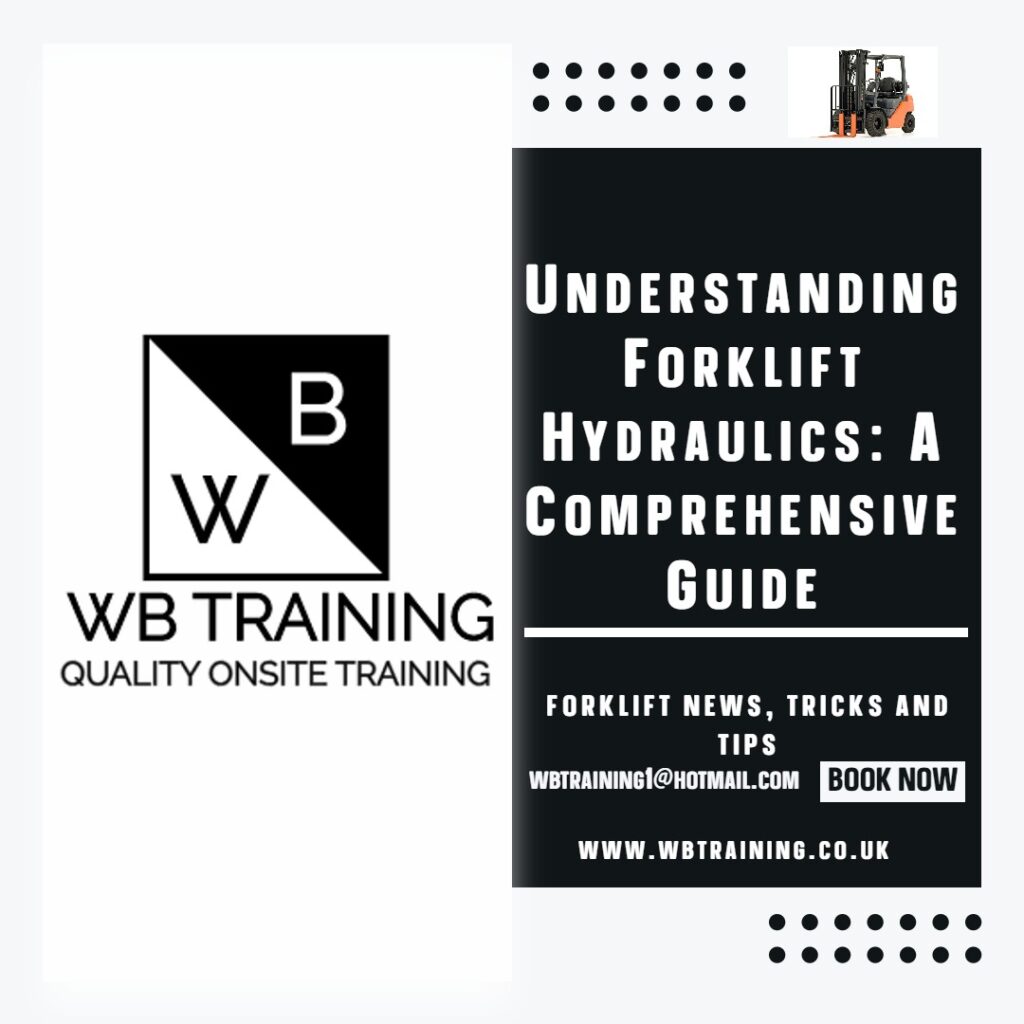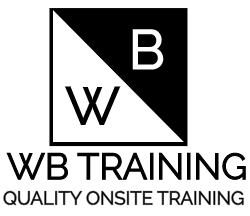Understanding Forklift Hydraulics

Forklifts are indispensable machines in various industries, from warehouses to construction sites. They rely heavily on hydraulics to perform their tasks efficiently. In this blog post, we’ll delve into the intricacies of forklift hydraulics, explaining how they work and why they’re crucial for the functionality of these powerful machines.
How Do Forklift Hydraulics Work?
At the heart of a forklift’s hydraulic system is a hydraulic pump, typically powered by an internal combustion engine or an electric motor. This pump pressurizes hydraulic fluid, usually hydraulic oil, which is then distributed through a network of hoses and valves to various hydraulic cylinders.
The hydraulic cylinders are responsible for executing different functions of the forklift, such as lifting and tilting the forks, extending the mast, and controlling other attachments. When the operator activates the controls, it triggers valves to open or close, directing the pressurized hydraulic fluid to the specific cylinders needed to perform the desired task.
The Importance of Hydraulics in Forklifts
Hydraulics play a critical role in the functionality and versatility of forklifts. Here are some key reasons why hydraulics are essential:
- Lifting Capacity: Forklifts are designed to lift heavy loads, and hydraulics provide the power needed to perform these lifting operations safely and efficiently.
- Precise Control: Hydraulic systems allow for precise control of the forklift’s movements, enabling operators to maneuver loads with accuracy and agility.
- Adaptability: Forklifts often need to accommodate various loads and working conditions. Hydraulic systems can be adjusted to meet different requirements, such as lifting heights and load capacities.
- Reliability: Hydraulics are known for their durability and reliability, making them well-suited for the demanding environments in which forklifts operate.
Common Hydraulic Components in Forklifts
To better understand forklift hydraulics, let’s explore some of the common components found in hydraulic systems:
- Hydraulic Pump: The pump generates hydraulic pressure by converting mechanical energy from the engine or motor into fluid power.
- Hydraulic Fluid: Hydraulic oil is the medium used to transmit power in the hydraulic system. It must have the right viscosity and properties to ensure proper lubrication and performance.
- Hydraulic Cylinders: These are the actuators responsible for converting hydraulic pressure into linear or rotary motion. Forklifts typically have cylinders for lifting, tilting, and other functions.
- Control Valves: Valves regulate the flow of hydraulic fluid to the cylinders, allowing operators to control the speed and direction of movement.
Conclusion
Forklift hydraulics are integral to the operation of these versatile machines, providing the power and control needed to lift, maneuver, and handle loads with precision and efficiency. By understanding how hydraulic systems work and the role they play in forklifts, operators can maximize productivity and safety in their workplace.
